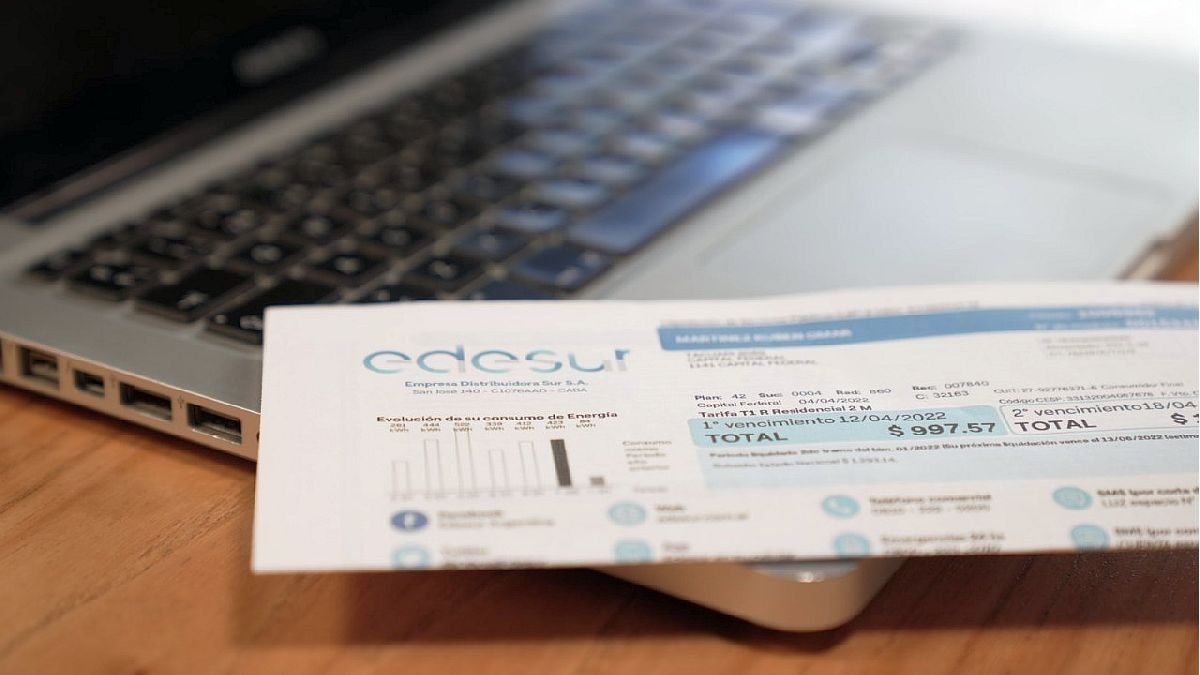The Ministry of Economyheaded by Sergio Massa, analyze the future of rates, after the devaluation of the official exchange rate on the Monday after the primaries. Although a next increase was only planned at the end of the year, the cost of electricity generation is 80% dollarized, so if the State absorbs the exchange rate jump, the costs would increase. subsidies at $70,000 million until the end of the year, or $200 million, according to an investigation carried out by the IIEP-UBA-Conicet Rate Observatory. The reduction of energy subsidies is one of the requirements that the IMF asks to send the next disbursement of almost US$8,000 million.
A year ago, when Massa took office in Economy, the Government launched the long-standing segmentation of rates. A year later, it meant increases for higher-income users of 318% in nominal terms and 93% in real terms, discounting inflation, according to the energy ministry. This means that 30% of all residential users pay 100% of the cost of electricity generation. The next increase was just scheduled for the end of the year.
However, the 22% devaluation of the wholesale exchange rate could speed up times. Official sources assured Ámbito that “revising” the rates for the high-income segment is being analyzed that they already had the total withdrawal of subsidies, so that they “continue covering the cost of energy.” But it is not confirmed. At this time, the Secretary of Energy, Flavia Royón, awaits a report from Cammesa to define whether an increase is necessary.
It is that, as explained in Economy, although the devaluation influences generation costs, have to assess what the real cost impact is. It is that the climatic factor played a role: the winter was less cold than expected, and an increase in rain makes it possible to generate energy without gas, which is one of the dollarized components of generation.
A devaluation of the official exchange rate impacts rates because generation costs are 80% dollarized for the electricity case, so the transfer of devaluation to costs expressed in pesos is not complete, he explained in the latest report on rates and subsidies from the IIEP institute (UBA-Conicet). The case of gas is different, where the cost of supply is 100% dollarized, due to the contracts of the Plan Gas.Ar nominated in dollars, “for which the transfer to costs expressed in pesos is direct.”
For this reason, the decision of the Ministry of Energy may imply higher tariffs or higher energy subsidies. “The final rates for users are not dollarized, they are expressed in pesos and it is the State that decides the portion of the cost that it absorbs and the one that it transfers to rates,” explained the work, which foresees three different scenarios.
In the scenario that the State decided to fully absorb the effect of the devaluation, cost coverage would be reduced and subsidies would be increased by an additional $70,000 million until the end of the year, or an additional $200 million, the investigation estimated. In a second scenario, the State could totally or partially transfer the effect of the rise in the exchange rate to N1 users and leave the rest constant. In the third scenario, you could move to N2 and N3. “Any partial transfer option implies an increase in subsidies and any total transfer option implies an increase in rates,” the report explained.
cost coverage generation 2.JPG
In the statement in which the IMF assures that it will send US$7.5 billion in August, it assures that compliance with the fiscal goal is required, for which a “greater tightening of the policy” will be needed, which should be supported by ” update energy rates to better reflect changes in production costs.”
In the accumulated of the year, energy subsidies fell 16.5% in real terms, in the interannual comparison January-August, according to the IIEP. Currently, higher-income users pay 100% of the cost of electricity demand, while those with medium incomes (N3) pay only 17%, and the most vulnerable (N2) 13%.
As follows
The work estimates that, if rates are not updated, the cost covered by the N1 would drop 15 percentage points, while the N 2 and N 3 would only pay between 11-14% of the electrical cost. For natural gas, the PIST prices paid by users cover 51% of the cost of gas supply for N 1, 15% for N 2 and 19% for N3 households.
According to the Observatory’s work, the energy policy decision is implemented differently depending on the public service. For electricity, only a new resolution is needed that approves a quarterly rescheduling of seasonal prices, while for gas, a public hearing is required.
Source: Ambito




